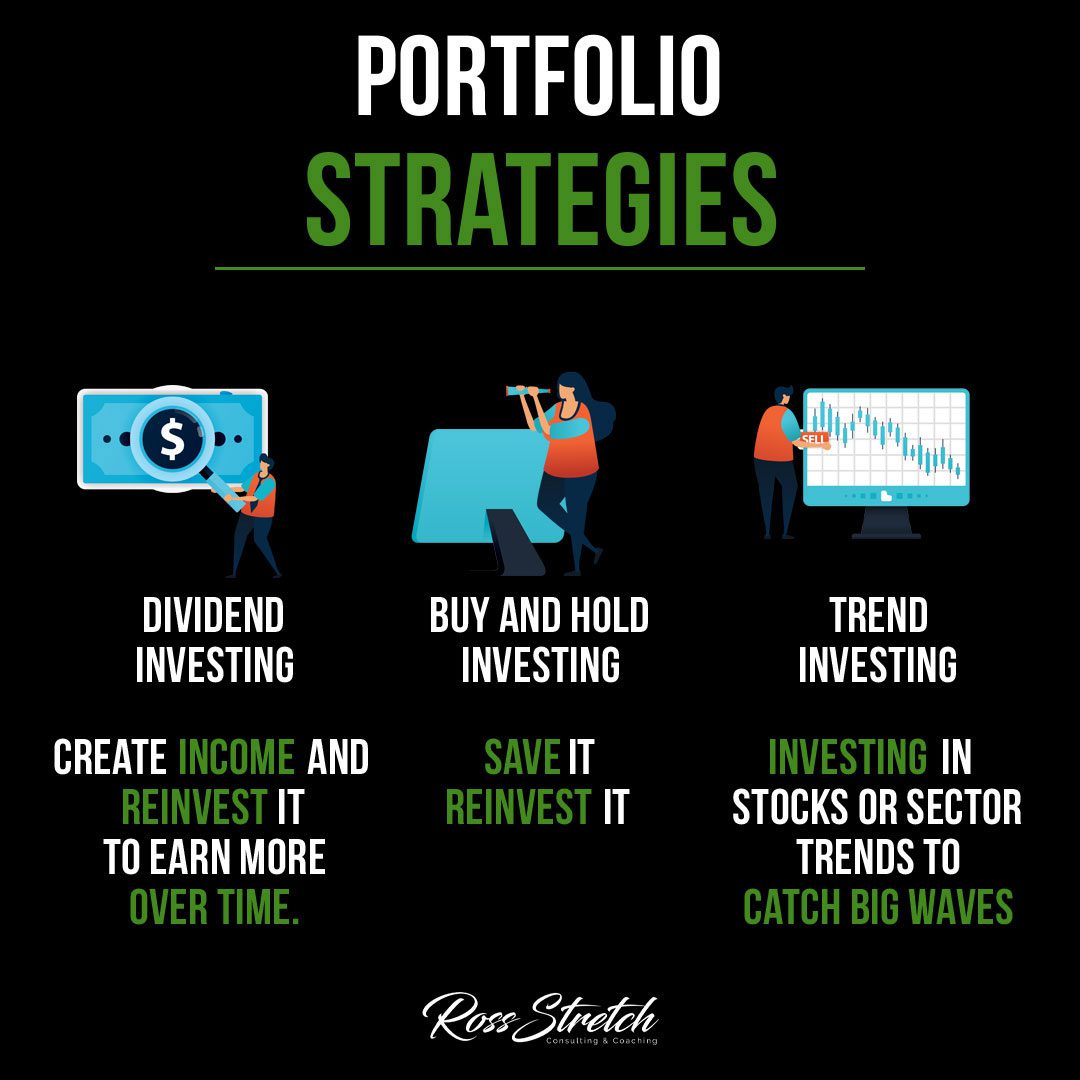Investing is an art and a science, requiring a blend of intuition, research, and strategic planning. Successful investors know that a diversified portfolio, employing multiple strategies, can lead to greater financial security and growth. This article will explore three cornerstone investment strategies: dividend investing, buy-and-hold investing, and trend investing.
Dividend Investing: Creating Income Through Investment
Dividend investing is a strategy focused on purchasing stocks that pay dividends, which are portions of a company’s earnings distributed to shareholders. This approach provides two potential income streams: the dividends themselves and the possibility of capital gains from the increase in stock value.
How to Maximize Dividend Investing
- Choose companies with a strong history of dividend payments.
- Look for stocks with high dividend yields and a stable payout ratio.
- Reinvest dividends to compound growth and accelerate earnings.
Buy-and-Hold Investing: The Long Game
The buy-and-hold strategy involves purchasing stocks or other securities and holding them for an extended period. This method is based on the belief that long-term investment yields better returns as markets tend to rise over time, despite short-term fluctuations.
Benefits of Buy-and-Hold Investing
- Avoids the risks and costs associated with frequent trading.
- Capitalizes on the potential for long-term market appreciation.
- Enables compounding returns by reinvesting dividends and gains.
Trend Investing: Timing the Market
Trend investing is an active investment strategy that involves identifying and investing in stocks or sectors that are currently trending in the market. This strategy requires an investor to stay informed about market movements and to be able to anticipate or react quickly to trends.
Implementing Trend Investing
- Stay updated on market news and analysis to spot emerging trends.
- Use technical analysis to identify patterns and market momentum.
- Set strict entry and exit points to capture gains and limit losses.
Combining Strategies for a Balanced Portfolio
Smart investors often employ a combination of these strategies to balance potential risks and rewards. By diversifying investment approaches, one can navigate market volatility while pursuing opportunities for growth.
Diversifying Your Investment Approach
- Allocate a portion of your portfolio to each strategy to spread risk.
- Monitor and adjust your investment allocation as financial goals evolve.
- Continuously educate yourself on market conditions and investment techniques.
Conclusion: Strategic Investment for Growth
Investing is not a one-size-fits-all endeavor. By understanding and implementing diverse portfolio strategies, investors can build a resilient and growth-oriented investment plan. Whether through the steady collection of dividends, the patience of buy-and-hold, or the agility of trend investing, the path to financial success requires a strategic and informed approach.


